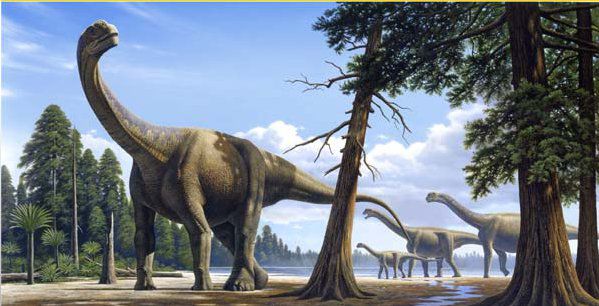-
 Unsanitary water
Unsanitary water
-
 Vega
Vega
-
 Analogue-to-digital conversion
Analogue-to-digital conversion
-
 Titan
Titan
-
 Heat pump
Heat pump
-
 Scour pool
Scour pool
-
 Top quark
Top quark
-
 Villi
Villi
-
 Dreikanter
Dreikanter
-
 Ares I
Ares I
-
 Carnot principle
Carnot principle
-
 Aerobic glycolysis
Aerobic glycolysis
-
 Artemisin
Artemisin
-
 Aber
Aber
-
 Peristome
Peristome
-
 Synchrotron radiation
Synchrotron radiation
-
 Cyborg
Cyborg
-
 Dolby
Dolby
-
 ATRAC3
ATRAC3
-
 Colposcopy
Colposcopy
-
 Raid
Raid
-
 Hydrology
Hydrology
-
 OCD
OCD
-
 Allopathy
Allopathy
-
 Progressive Scan
Progressive Scan
-
 Dermatologist
Dermatologist
-
 Fetal
Fetal
-
 Fermentation
Fermentation
-
 Pisolitic
Pisolitic
-
 Canopy
Canopy
Biotic crisis
A biotic crisis is a period of rapid and mass extinction of species. Thus, it must meet three criteria:
- a relatively short duration in terms of geological time (a maximum of several million years );
- global geographic distribution;
- a significant decline in biodiversity.
Difficulties in studying biotic crises
It is, however, difficult to establish the extent of a biotic crisis, with any degree of certainty. In fact, fossilisation is a rare process, which depends heavily on the conditions in which the material was buried, and we are still far from having excavated every geological layer. Consequently, there is a bias in the data on past biodiversity ("sampling bias"). This bias is amplified by the fact that dating fossil layers has a significant margin of uncertainty on the human scale (from 100,000 to over a million years, depending on the case). Finally, depending on the taxonomic level measured in biodiversity (level of species, families, genera...), extinction rates may vary considerably.
Here is an estimate of the variation of biological diversity (estimated in number of marine families) over the last 600 million years.

Biological diversity. © According to J.-L. Hartenberger
The 5 biotic crises of the past
Generally, five biotic crises are believed to have occurred in the past:
- Terminal Ordovician (around 445 million years ago);
- Upper Devonian (Frasnian – Famennian limit around 374 million years ago);
- Permian-Triassic boundary (around 251 million years ago);
- Triassic-Jurassic boundary (around 200 million years ago);
- Cretaceous-Tertiary boundary (65 million years ago).
 The Cretaceous-Tertiary biotic crisis is one reason why the dinosaurs disappeared. © Raul Martin
The Cretaceous-Tertiary biotic crisis is one reason why the dinosaurs disappeared. © Raul Martin
Latest
Fill out my online form.



